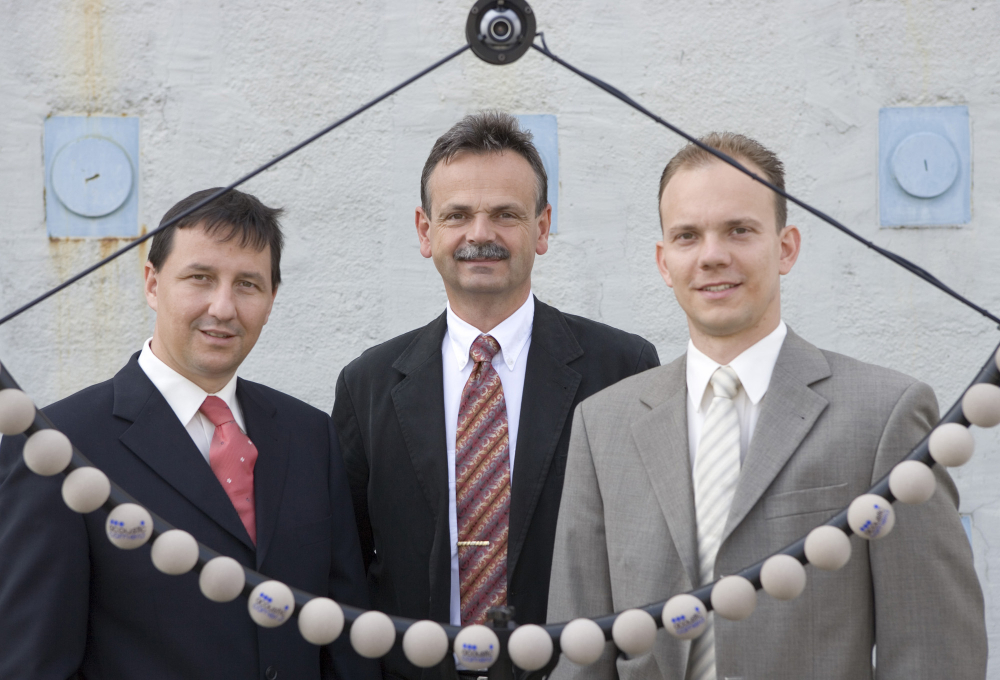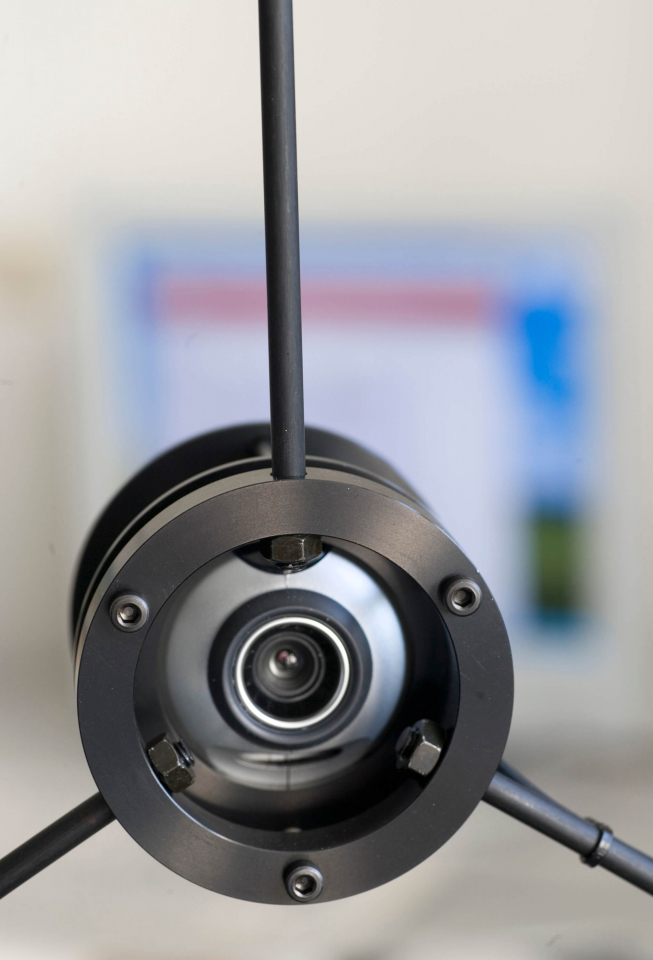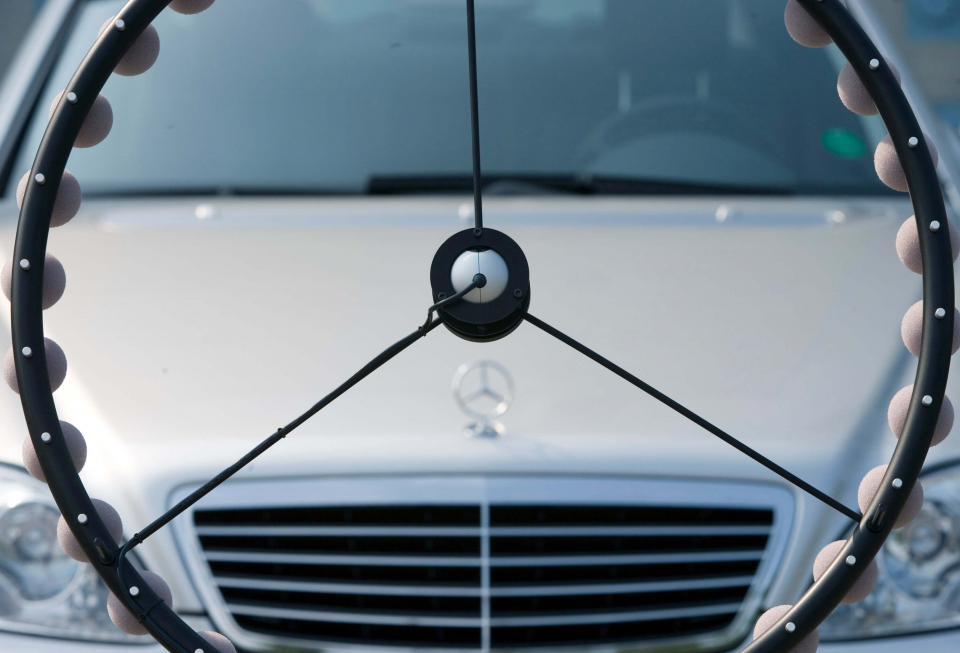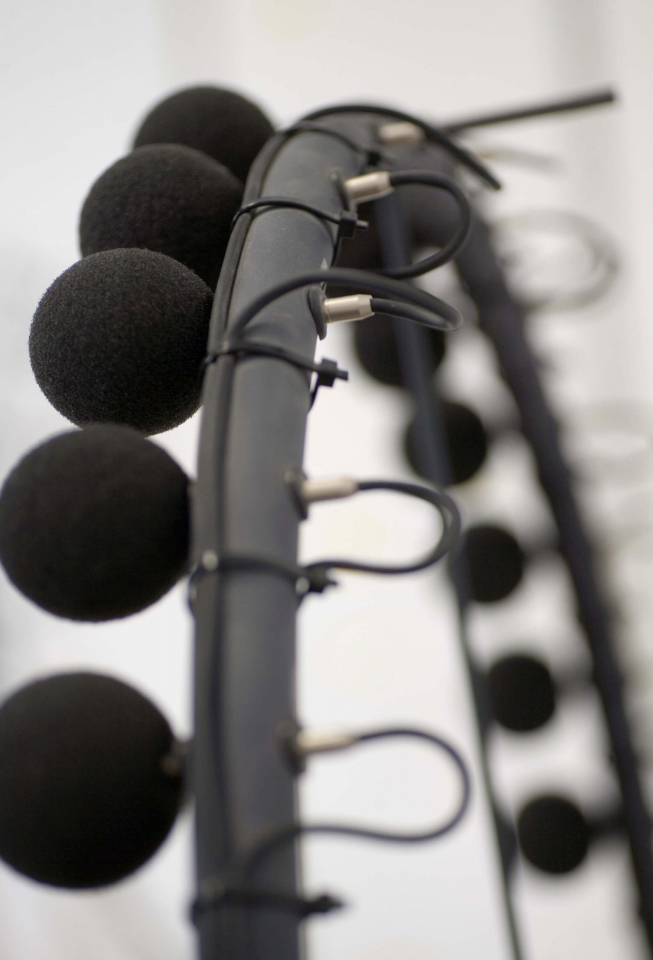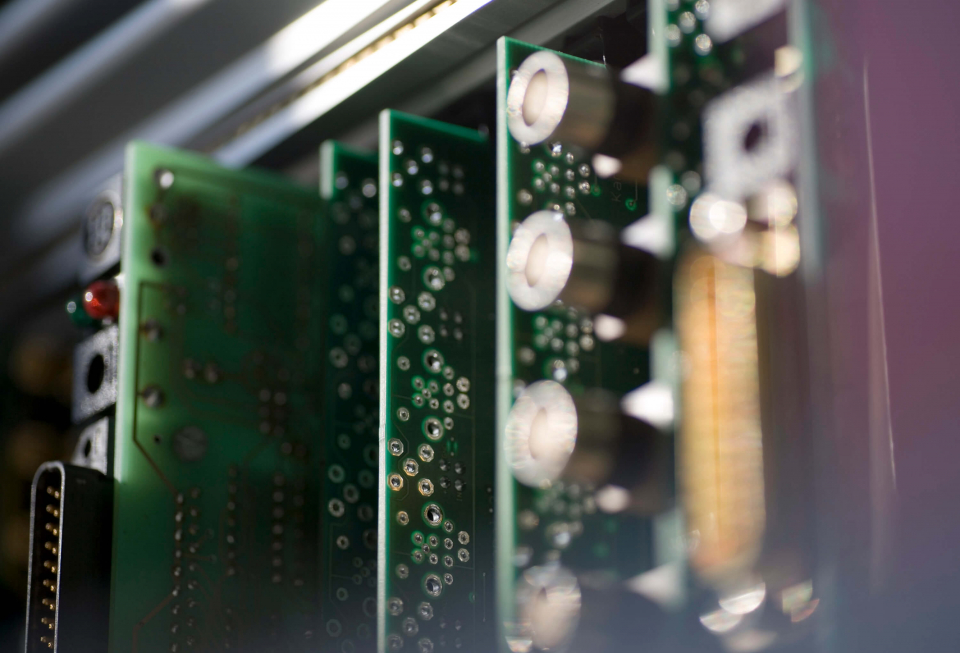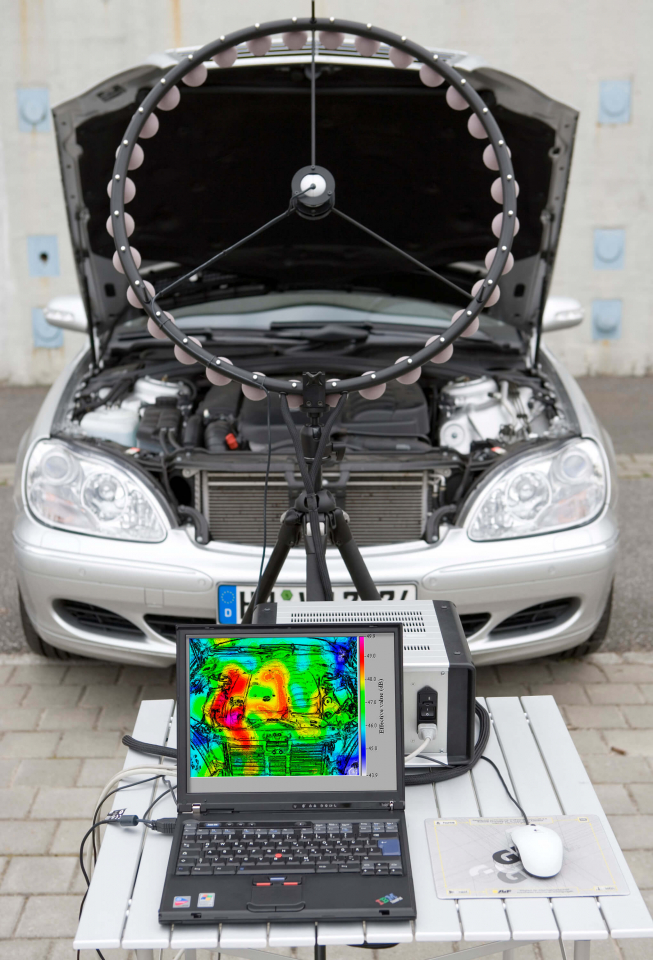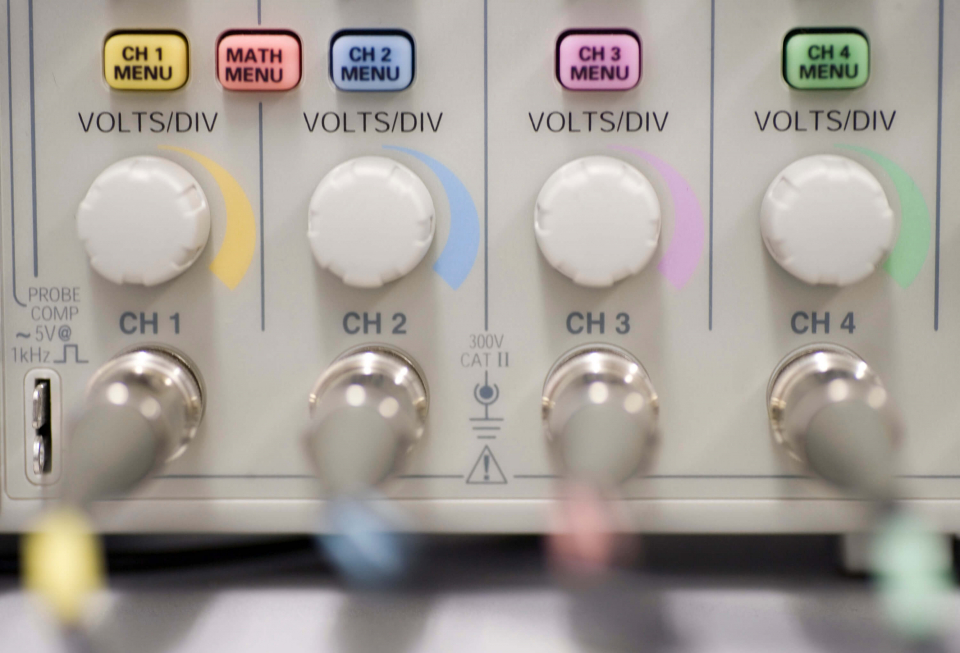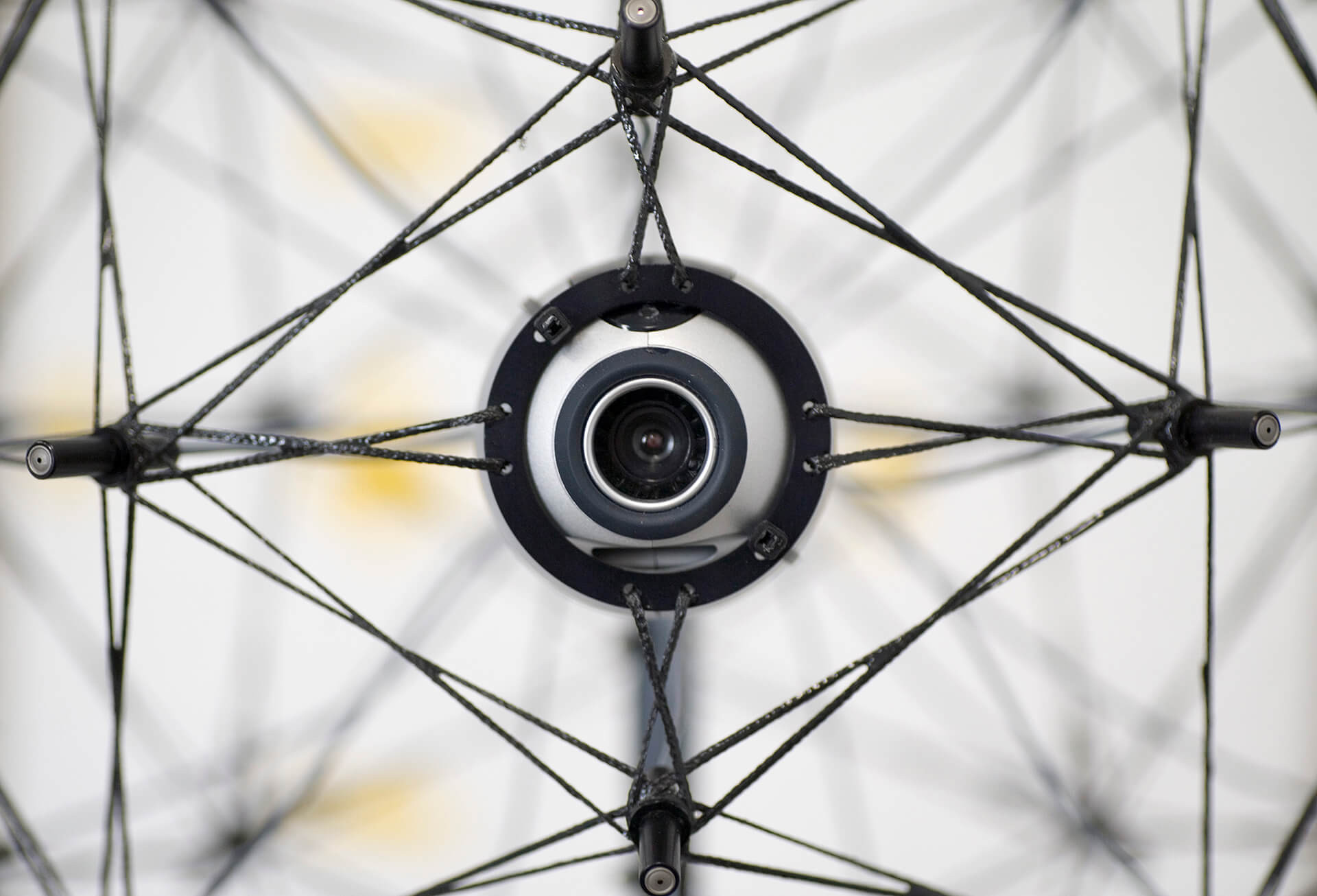
Nominee 2005
Akustische Kamera
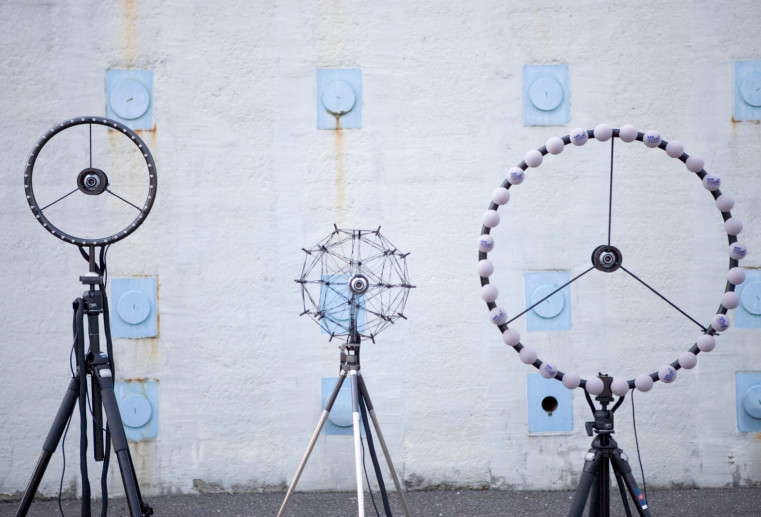
The answer: you have to make the racket visible to the eye. The technical means to do so have been created by Gerd Heinz, Dirk Döbler, and Swen Tilgner at the Society for the Promotion of Applied Computer Sciences (GFaI) in Berlin with the invention of an “Acoustic Camera”. Gerd Heinz is responsible at GFaI for Acoustic Camera applications, Dirk Döbler heads software development, Swen Tilgner heads the department Production, Procurement, and Engineering.
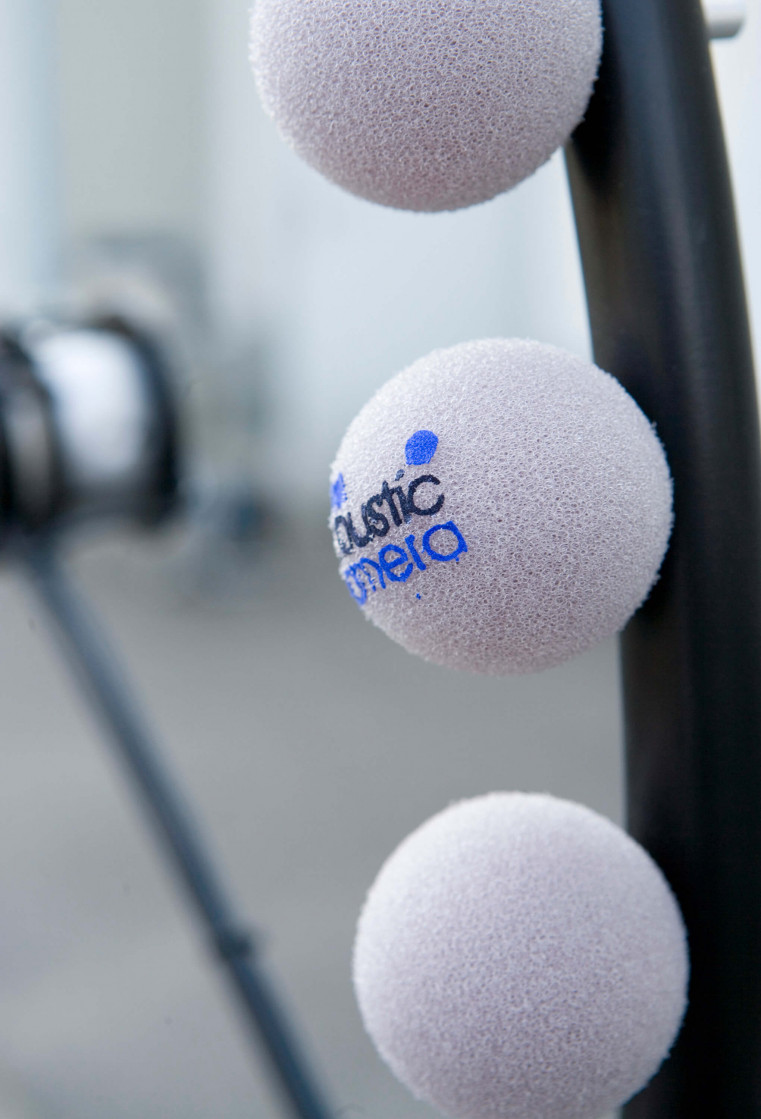
Making sound visible
To eliminate the sources of noise in a technical system, engineers first have to know the volume produced by the individual parts of a machine. This was often a difficult and time-consuming process in the past.
more details
Resumes
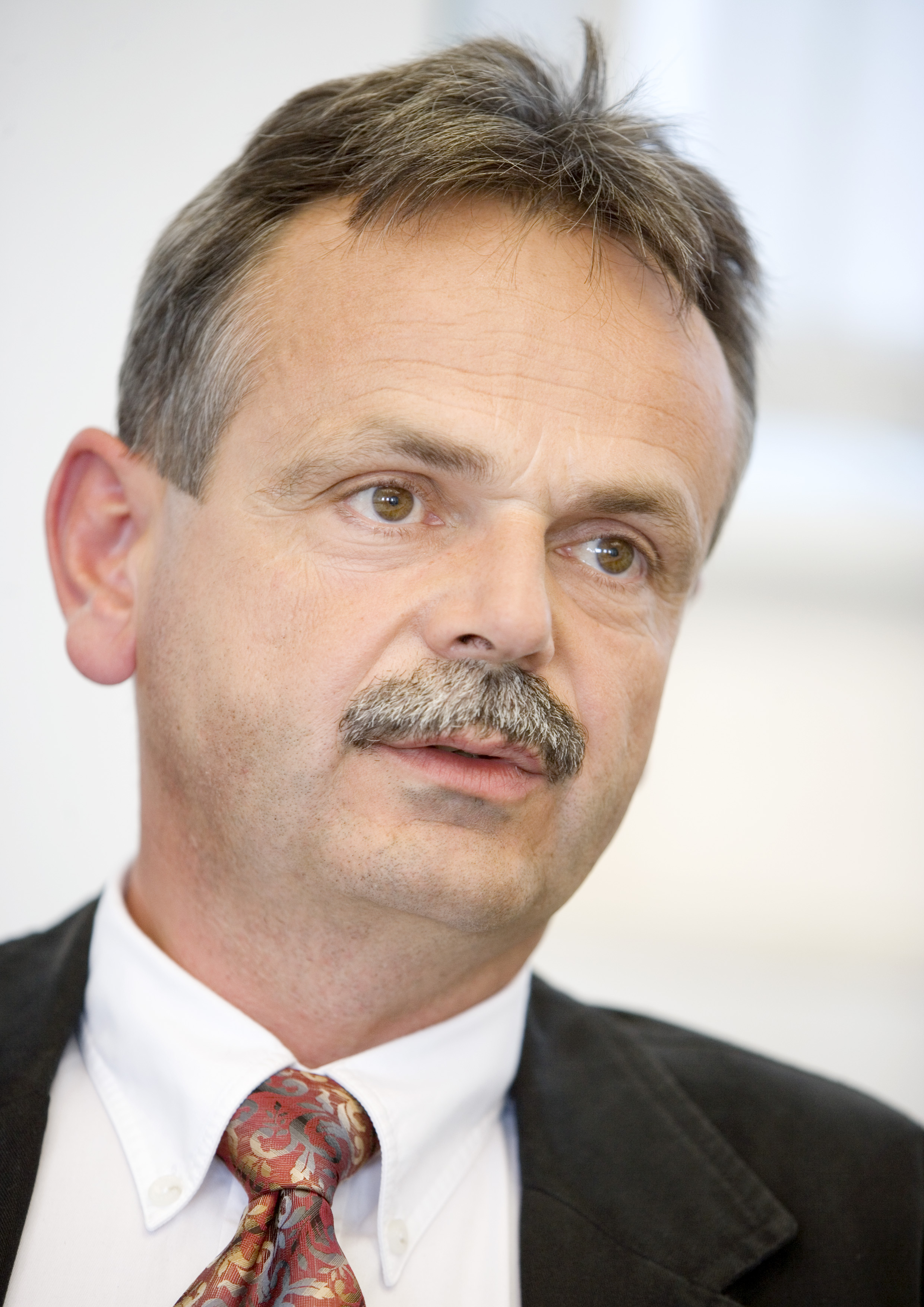
Dr.-Ing. Gerd Heinz
- 12.05.1954
- geboren in Oelsnitz/Vogtland
- 1972 – 1976
- Studium der Elektroniktechnologie und Feingerätetechnik
an der Technischen Universität Dresden - 1977 – 1978
- Postgraduales Studium der Mikroelektronik an der
Technischen Universität Dresden - 1976 – 1988
- Konstrukteur, Entwickler, Themenleiter, Gruppenleiter,
Abteilungsleiter im Institut für Nachrichtentechnik,
Berlin-Schöneweide - 1977 – 1979
- Mitarbeit am ersten Ost-Berliner Mikroprozessorsystem im
Institut für Nachrichtentechnik, Berlin-Schöneweide
- 1979 – 1980
- Entwurf des ersten integrierten Schaltkreises im Berliner
Territorium: PCM-30/32 Regenerator für 2 Mb/s, SBC Master
Slice mit 120 Transistoren im Institut für Nachrichtentechnik,
Berlin-Schöneweide - 1988
- Promotion
- 1988 – 1991
- Abteilungsleiter am Zentralinstitut für Kybernetik und
Informationsprozesse der Akademie der Wissenschaften,
Berlin - 1988 – 1989
- Betreuung des größten und letzten ASIC der DDR:
Grayscale Image Preprocessor (GIPP) mit 120.000
Transistoren im Zentralinstitut für Kybernetik und
Informationsprozesse der Akademie der Wissenschaften,
Berlin - 1990 – 1991
- Synthesewerkzeuge für Datenpfadgenerierung auf Bäumen,
Voraussetzung für schnellstes Pipelining und höchste
Taktraten moderner Prozessoren, im Zentralinstitut für
Kybernetik und Informationsprozesse der Akademie der
Wissenschaften, Berlin - 1991
- Projektleiter des ersten Schaltkreises (Video-Schnittstellen-
IC „IOP“, 330.000 Transistoren) bei der SICAN GmbH,
Hannover - 1992
- Mitarbeit am größten IC Deutschlands 16x16 ATM-Koppel-
feld „ISE“, 860.000 Transistoren, bei der SEL AG, Stuttgart - 1992 – 1994
- Dozent in den Fächern Schaltungstechnik, Mikroprozessor-
technik, Informatik, Fachhochschule für Technik und Wirt-
schaft Berlin - 1992 – 1993
- Entdeckung spiegelnder Eigenschaften in neuronalen
Netzwerken, Moving- und Zooming-Effekte, Verschmel-
zung, neue Elementarfunktionen des Neurons, Unter-
suchung von Wellen auf Leitbahnen und von Pulswellen-
Abbildungen in privater Initiative, Manuskript „Neuronale
Interferenzen“ 1993 - seit 1993
- Mitarbeit an der Popularisierung von neuronalen
Interferenzsystemen bei der Gesellschaft zur Förderung
angewandter Informatik e.V., Berlin - seit 1995
- Applikation „Akustische Kamera“ bei der Gesellschaft zur
Förderung angewandter Informatik e.V., Berlin
Ehrungen:
- 1984
- „Banner der Arbeit III“ für erste kundenspezifische
Schaltkreise der Nachrichtenelektronik - 1985
- Bronzene Ehrennadel der Urania für besondere Leistungen
bei der Verbreitung wissenschaftlicher Kenntnisse - 1987
- „Nationalpreis der DDR, II. Klasse“ für kundenspezifische
Schaltkreise der Nachrichtenelektronik - 2001
- „Otto-von-Guericke-Preis“ der AiF (1. Preis) für die
Weiterentwicklung akustischer Bildgebungsverfahren - 2003
- „Innovationspreis Berlin/Brandenburg“ für Akustische Kamera
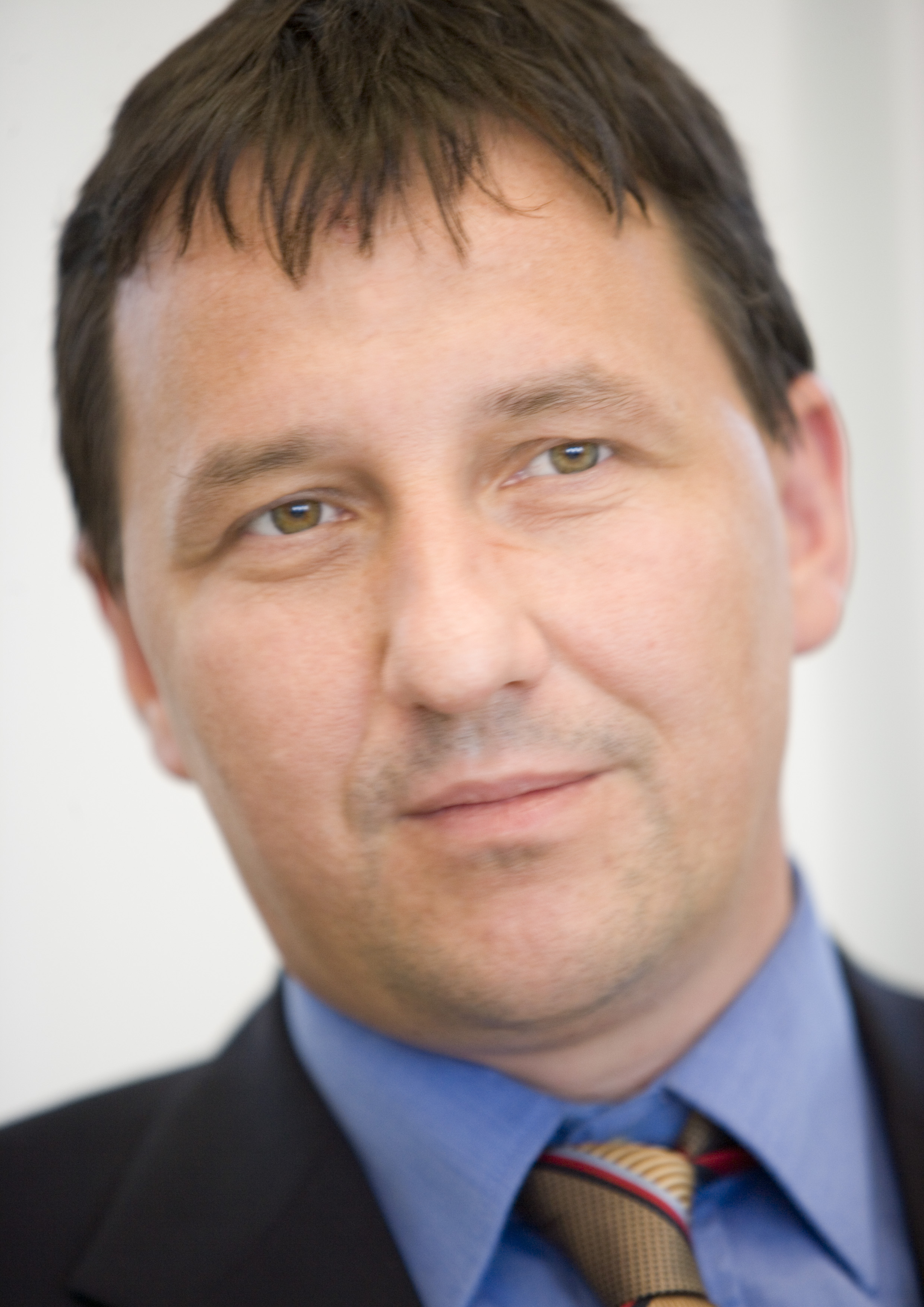
Dipl.-Ing. (FH) Dirk Döbler
- 16.01.1967
- geboren in Rostock
- 1973 – 1983
- Besuch der 59. POS in Rostock
- 1983 – 1985
- Lehre zum Elektromaschinenbauer im VEB Schiffselektronik,
Rostock - 1985
- Facharbeiter für Elektromaschinenbau
- 1985 – 1988
- Schiffselektriker in der Warnow-Werft, Rostock
- 1993 – 1994
- Erlangung der Fachhochschulreife
- 1994 – 1998
- Studium der Technischen Informatik an der Fachhochschule
Stralsund - 1995 – 1998
- Stipendiat des Begabtenförderwerkes „Stiftung der
Deutschen Wirtschaft“ - 1998
- Diplom
- 1998 – 1999
- Hardwareentwicklung für die Akustische Kamera bei der
Gesellschaft zur Förderung angewandter Informatik e.V.,
Berlin - 1999 – 2003
- Softwareentwicklung für die Akustische Kamera bei der
Gesellschaft zur Förderung angewandter Informatik e.V.,
Berlin - seit 2003
- Teamleiter der Softwareentwicklung für die Akustische
Kamera bei der Gesellschaft zur Förderung angewandter
Informatik e.V., Berlin
Ehrungen:
- 2001
- Otto-von-Guericke-Preis der AiF
- 2003
- Innovationspreis Berlin/Brandenburg
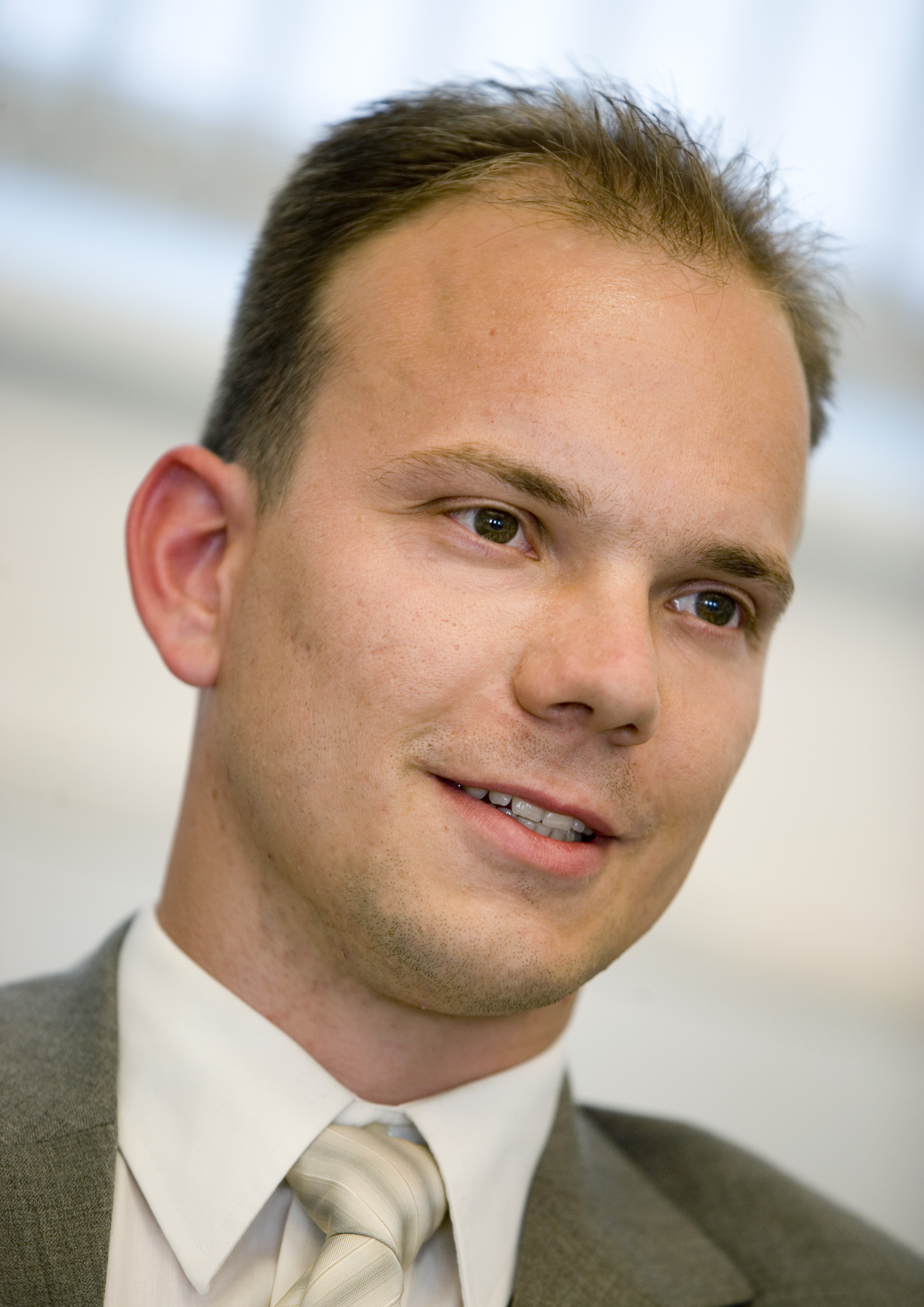
Swen Tilgner
- 07.10.1977
- geboren in Berlin
- 1984 – 1994
- Besuch der Gesamtschule in Berlin-Buch
- 1994 – 1998
- Ausbildung zum Elektroniker an der Technischen
Universität, Berlin - 1998 – 2001
- Angestellter im Forschungsbereich Signalverarbeitung
für die Entwicklung von Hardware und Mechanikkomponen-
ten der Akustischen Kamera bei der Gesellschaft zur
Förderung angewandter Informatik e.V., Berlin
- 2001 – 2005
- Leiter Fertigung, Einkauf & Konstruktion Akustische Kamera
bei der Gesellschaft zur Förderung angewandter Informatik
e.V., Berlin
Ehrungen:
- 2001
- Otto-von-Guericke-Preis der AiF
- 2003
- Innovationspreis Berlin/Brandenburg
Kontakt
Spokesperson
Dr.-Ing. Gerd Heinz
Leiter der Entwicklung
Gesellschaft zur Förderung angewandter Informatik (GFaI)
Bereich Akustische Kamera
Rudower Chaussee 30
12489 Berlin
Tel.: +49 (0) 30 / 63 92 16 52
Fax: +49 (0) 30 / 63 92 16 02
E-Mail: heinz@gfai.de
Press
Dagmar Poschenrieder
Sekretariat Signalverarbeitung
Gesellschaft zur Förderung angewandter Informatik (GFaI)
Rudower Chaussee 30
12489 Berlin
Tel.: +49 (0) 30 / 63 92 16 24
Fax: +49 (0) 30 / 63 92 16 30
E-Mail: poschenrieder@gfai.de
A description provided by the institutes and companies regarding their nominated projects
Noise can make you ill. Consequently, vehicle and machine designers have the important task of making equipment as quiet running as possible.
But how can you find exactly where the source of noise is in a machine?
The answer: you have to make the racket visible to the eye. The technical means to do so have been created by Gerd Heinz, Dirk Döbler, and Swen Tilgner at the Society for the Promotion of Applied Computer Sciences (GFaI) in Berlin with the invention of an “Acoustic Camera”. Gerd Heinz is responsible at GFaI for Acoustic Camera applications, Dirk Döbler heads software development, Swen Tilgner heads the department Production, Procurement, and Engineering.
Making sound visible
To eliminate the sources of noise in a technical system, engineers first have to know the volume produced by the individual parts of a machine. This was often a difficult and time-consuming process in the past. The Acoustic Camera, however, provides a way of locating noise emissions easily, rapidly, and accurately and thus determine their sources. It is able to produce “sound images” almost as easily as conventional photos are taken with a digital camera. The spatial spreading of sound is thus rendered visible to the human eye.
The Acoustic Camera consists of several microphones arranged in a special pattern. The sounds they record are fed to a data recorder, converted into digital electronic signals and analyzed by a computer. From the different sound waves produced by the different components of a production machine or a vehicle, the PC instantaneously calculates a detailed sound map.
Film the screech of cylinders
With the sound map a digital camera simultaneously takes a picture of the analyzed object. By superimposing both images, it is possible to directly identify and locate what noise is produced where. By recording and joining together several sound images in rapid succession, it is even possible to produce “sound videos” which engineers can use to analyze sound emissions of moving objects, for example, cylinder piston action in an engine.
The research and development team in Berlin introduced the Acoustic Camera to the market in fall 2001. Most units sold to date are used in the automotive industry. Among other things, automotive engineers are interested in the sound design of a vehicle. In the meantime, the sounds of refrigerators, powertrains, and flatscreens are now being optimized with the help of the Acoustic Camera.
The right to nominate outstanding achievements for the German Future Award is incumbent on leading German institutions in Science and Industry as well as foundations.
The Project „Listening with the Eyes: The Acoustic Camera“ was nominated by AiF- Arbeitsgemeinschaft industrieller Forschungsvereinigungen.


 Gebärdensprache
Gebärdensprache
 Leichte Sprache
Leichte Sprache


